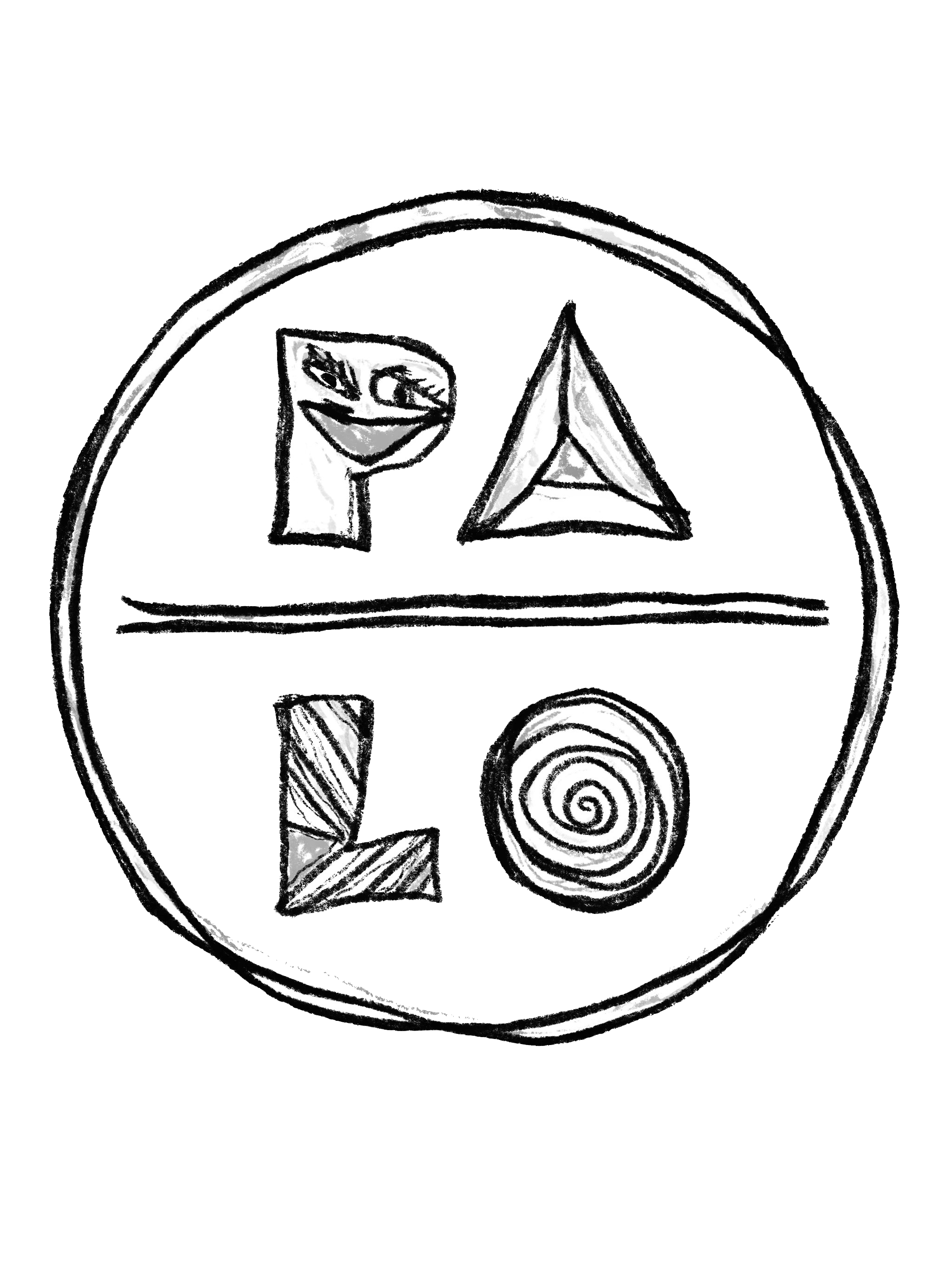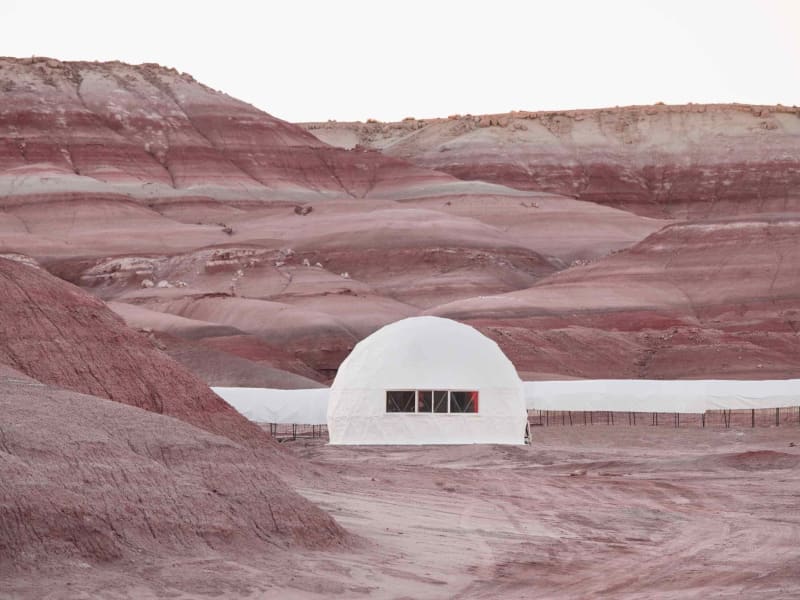What does it mean to “live in a simulation?” The idea of an artificial reality has been popularised by mainstream media and cinema from The Matrix (1999), depicting a world controlled by intelligent machines, to more recent thought-provoking television such as Black Mirror (2011-) and Westworld (2016-). Equally, simulation theory has taken the visual sector by storm, where, artists such as Cody Cobb and Kaya & Blank investigate topics of augmentation, deep fakes and fabricated worlds through photography, video and installation. This is where creative duo Orejarena & Stein come in with American Glitch, an exhibition that examines the slip between fact and fiction in the United States. Amidst an overwhelming sea of unending information, their photographs probe what is real, fake as well as a “glitch.”
A white dome emerges from the pink Utah desert. The picture is taken from the Mars Desert Research Station, a habitat that mimics what life might be like on the terrestial planet. In a barren, rust-coloured expanse, crews of up to seven work and sleep in cylindrical, airlocked pods, rehearsing what survival may look like outside Earth. Elsewhere, we see a flat plain of charred land, white smoke rising from the ground. The artists explain, “We were driving along a quiet road in Wyoming when all of a sudden we came across an empty field on fire. We pulled our car over to the side and we were struck by the unnatural, perfect straightness of the line of fire. We began photographing, working quickly while covering our faces with a cloth to avoid inhaling the fumes. Later that evening, we realised that there was a single telephone pole in the middle of the frame which bore a strong resemblance to a crucifix. The intense heat from the fire caused a mirage-like blur in the sky; when we printed the work we couldn’t believe how much this scene looked painted instead of photographed. This is one of the things we love the most about making our work – that through the process of making the work we learn things about ourselves and the world around us.”
These large format photographs evoke the worlds of Andreas Gursky and Edward Burtynsky as facades of grand scale quickly give way to themes of capitalism, commerce and environmental decline. Andrea Orejarena & Caleb Stein, from Colombia and the UK respectively, embark on a tradition of American road trip photography, leaning into aspects of the surreal and uncanny. Although ostensibly set in nature, dig a little deeper and a viewer can find the digital and political structures that inform our everyday. One dimensional screens are propped up in the desert, assuming the front of a house. Cellular service towers disguise as pines, their furry branches covering a mass of wires. In another image, the artists capture the eerie solitude of Fort Irwin, a replica village that creates realistic training environments of fictional towns in Iraq and Afghanistan, used in preparation for military deployment. Using softwares such as Photoshop and AI, Orejarena & Stein contribute to an inundation of images that present the banal and unsettling.
In a startling photograph of American Glitch, the stone bust of Abraham Lincoln is captured from behind. We see a metal structure that supports the statue, its cast iron bars like an enlarged net. The result is disconcerting – there is an uncomfortable feeling of being exposed – as if witnessing the inside of a host’s head in Westworld. Orejarena & Stein create a world grounded in the hyperreal, testing the boundaries between human and nonorganic forms. The artists explain, “The line between human vs AI images is often viewed as a binary. We view it as a Jungian visual collective made up of a digital archive of contemporary archetypes. There’s immense power in the collective, and the Internet and digital forms are great tools to look for patterns in the flood of images that we collectively circulate and consume every day.”


